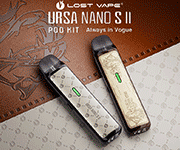Yeah I seen this stuff mate, looks wicked for prepping models to paint but I don’t think it will work well for making resin patterns or even colouring with a single colour tbh.
The trouble is with resins, you have to be a bit careful with some brands what you’re mixing with them. Some types of pigments react with the resin, some don’t. It’s really just a case of research and some educated guesses to try it. But as said, it is bloody expensive. Before you look around you’re a few hundred deep with no promising results. That’s what I found anyways with thin coats. To get a full coverage deep colour completely hiding the 3D printed base, you’ll be needing some seriously thick coats taking into account the sanding.
Then anything thicker blocks and blanks and shit you really need to pressure cast them - compressor, pressure pot, god knows how many fittings. Not to mention the cost of the materials. In my opinion by the time you spend all that, wait for hours for the panels to print in the first place, fuck around mixing resin and god knows how many hours sanding and polishing - you’ll be asking for what the others sell panels for £100 plus. For a product that looks worse, on a 3D printed base...
It’s a great idea and like I said I tried this exactly how he’s said in the first post - just a shame it doesn’t work. I would hate to sit back and watch this guy waste hundreds of pounds of his hard earned cash and time!
Hats off if you give it a blast and make it work, it was far too long winded and expensive for me to make it viable [emoji16]













